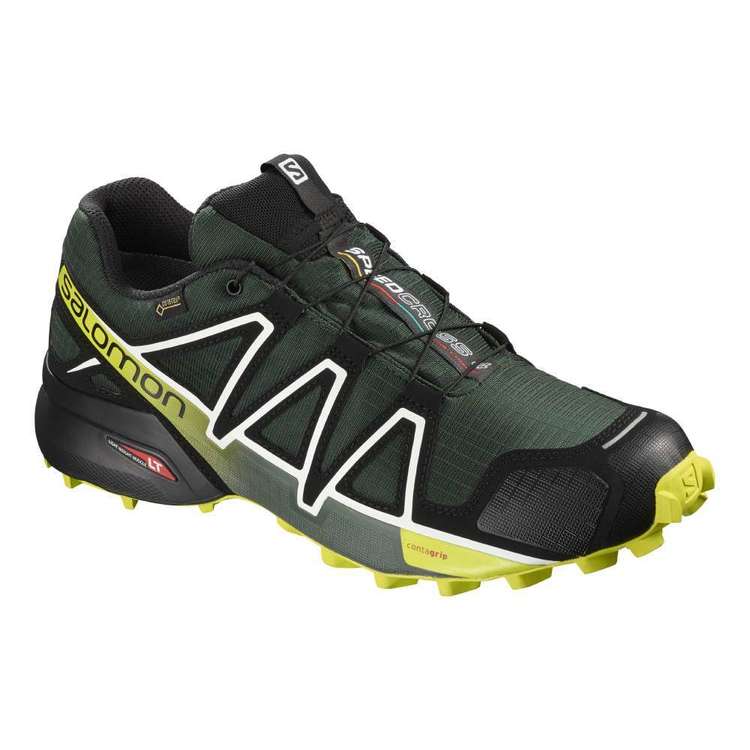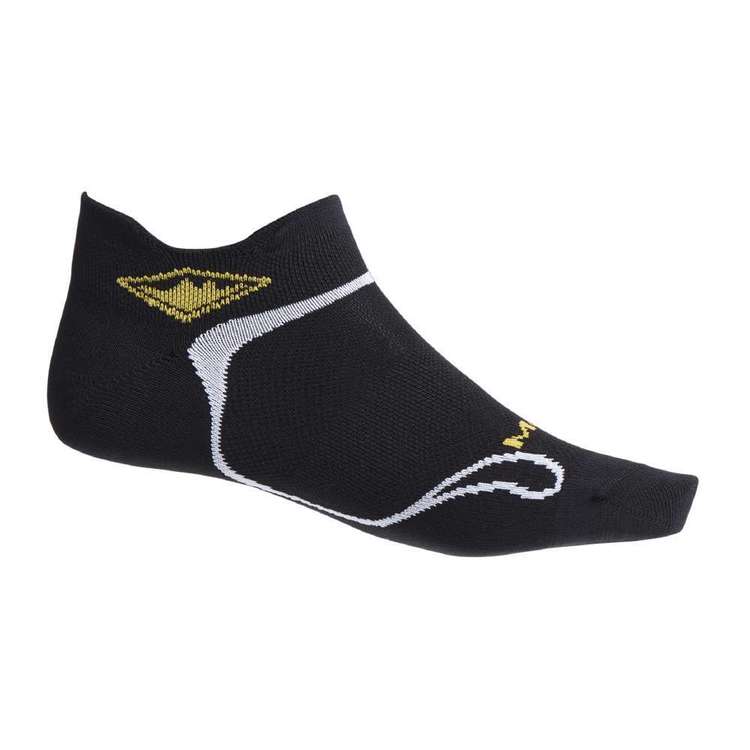| Your browser is not supported. | ||
|
Please browse our site using any of the following options:
| ||
How To - Choose Trail Running Shoes
When it comes to the outdoors, you need to use gear that suits your adventure, and this notion is even more relevant for trail running given the high performance nature of the sport. Selecting the right pair of running shoes can be a bit tricky with so many options available on the market, so we've spoken to our good friends at Salomon - the global leader when it comes to all things trail running - for some expert tips on how to choose your footwear for the trails.
WHAT MAKES TRAIL RUNNING SHOES DIFFERENT
Trail running and road running obviously have a lot in common but the big difference comes from the type of surface you are running on. Road running generally has a consistent, even, hard surface whereas trail running could see you on gravel and rocks, wet grass, sticks or mud, and on very uneven gradients at times. Accordingly, there are some key features that your trail running shoes should have incorporated into their design and construction for best performance.
Tread - Tread is critical for stability and traction. Deep, multi-directional lugs will provide excellent grip in wet or muddy conditions, whereas short, closely-spaced lugs are fine on more consistent surfaces like hard-packed, dry trails.
Protection - Trail running shoes often use toe guards or bumpers made from a rubber overlay to protect from the impact of kicking or hitting hard rocks on the front of the shoe. Some designs may also use rock plates, found between the midsole and the outer sole, which protect the forefoot from sharp rocks and stone bruises.
Foot Support - During your run, you'll probably encounter some uneven terrain. As such, cushioning and support are critical to increasing your stability. This in turn gives you more comfort and the confidence to push hard, as well as minimising your chances of slipping or getting injured.
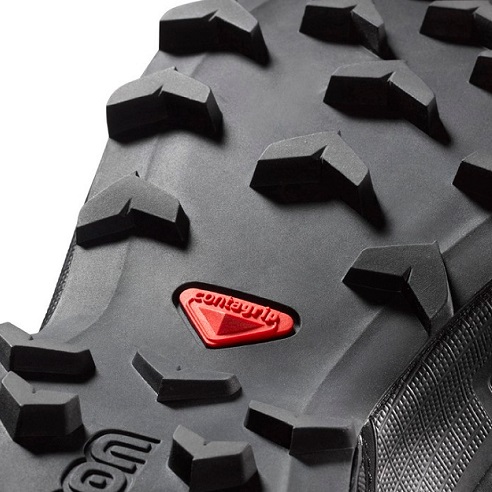
Tread is critical for the grip and stability you need on uneven, slippery or loose terrain.
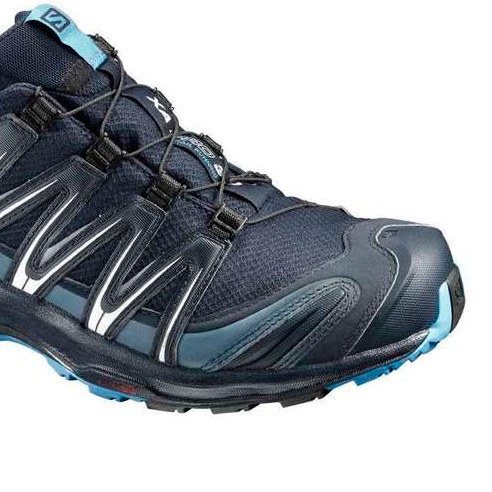
A toe guard will help protect you from the eye-watering pain caused by kicking a rock or other scattered debris on the trail.
FACTORS TO CONSIDER WHEN MAKING YOUR SELECTION
When it comes to choosing your trail running shoes, you need to consider some important factors that will help you determine which features you should be focusing on. If you can match the right footwear to your trail running environment and physical stature, then the likelihood of your performance improving will increase significantly.
Terrain Type - For muddy and unstable terrain, you will want a more aggressive tread with deep and wide-spaced lugs to ensure the mud doesn't get stuck between the grooves. Rocky terrain requires a stiffer outsole for more stability and a reinforced upper to help protect your foot from stones. On hard-packed trails, you can wear a lightweight shoe with less support and grip, as your foot plant will be more consistent and stable on each step.
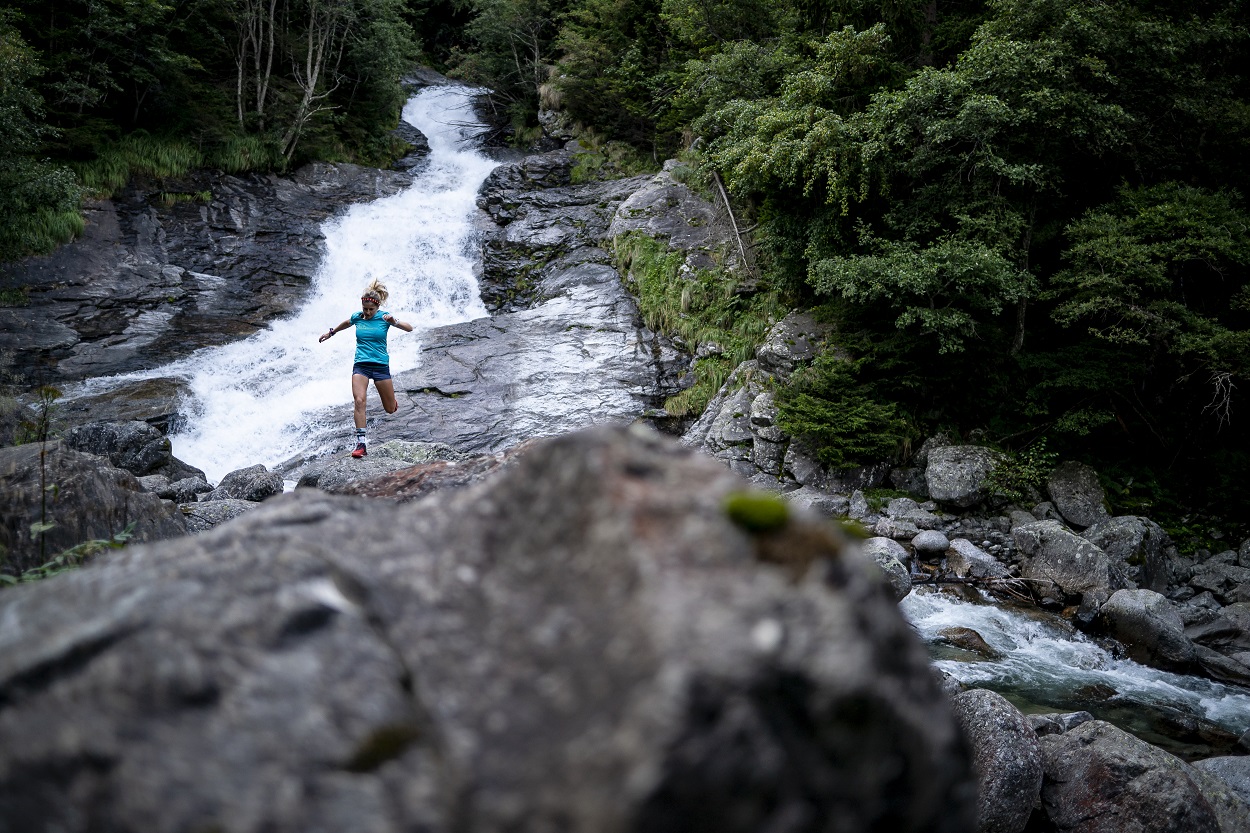
Consider the environment you're exploring and what type of terrain you'll be encountering when choosing your trail runners.
Running Frequency & Intensity - If you are just starting out, a lightweight, versatile shoe will be best. For the experienced trail runner, your shoes need in-built protection and quality support to match the longer hours of activity. If you're an expert or trail running competitively, an ultra-light shoe that provides the minimum amount of comfort and cushioning required to avoid injury will help keep you at the front of the pack.
Distances - For short distances up to 15km, lightweight and responsive shoes will perform well. For middle distances of 25-50km, an all-rounder is most suitable. For 50km or more and ultra-trails, shoes with in-built protection and cushioning will be essential to handle the workload.
Size/Fit - Like with all other footwear, your trail running shoes need to fit correctly. When trying them on, choose a size that allows a 1cm gap between your toes and the end of the shoe to prevent blisters or black toenails. One tip is to try shoes on at the end of the day - your feet will have swollen like they would during a long trail run. See our Salomon footwear size guides for men and women for more information.
Body Shape - Runners with smaller frames will often feel more comfortable and get better performance from lightweight, responsive shoes. Bigger body types will require some more cushioning and support.
For more on expert tips and advice on trail running, head to Salomon.
PHOTO CREDITS
All images courtesy of Salomon
